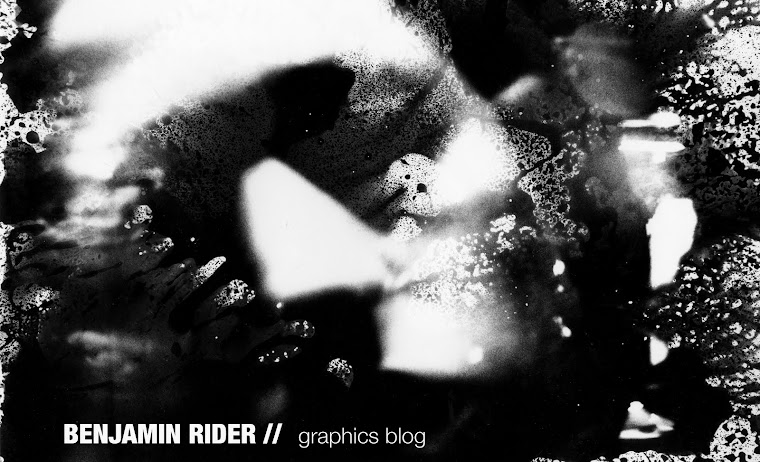This workshop was another excersize in research methods. As a group pick a method or two and target audience and see what you discover.
I kept an open mind and as i went about i was immediately struck by the signage and how it could be improved upon-or at least the potential to make it more interesting whilst being informative....
 ...The main idea i had, look at these signs painted onto the floor. Thyre just rules and regulations. The only image a warning, the only words telling us what to do and what not to do.
...The main idea i had, look at these signs painted onto the floor. Thyre just rules and regulations. The only image a warning, the only words telling us what to do and what not to do. I noticed there are a hybrid of main and smaller paths leading through the trees and accross the park itself., what if instead of/alongside the 'no cycling' 'look both ways' there was signage towards points of interest.
I noticed there are a hybrid of main and smaller paths leading through the trees and accross the park itself., what if instead of/alongside the 'no cycling' 'look both ways' there was signage towards points of interest.in the above image is the pond with a surprising amount of freindly wildlife you can get right up close to. it would be great if another sign was painted simply saying what was in this direction, what would happen if you followed this path, and maybe an arrow or suggestion to what is beyond this
with the arrows flanking LOOK BOTH WAYS in the center of the arrow- 'serpentine gallery' and the other direction 'swan pond'
simple ,but fun and interesting. interact with these boring paths more and make them more interesting and useful
there was a handful of signs on poles , but sitting and watching they were mostly ignored. i stayed for only ten minuites and in that time large groups cycled and walked past.
only one man approached it once he had passed it, as if someone told him it was there after asking. it was placed a few feet away from the main path itself in the grass-and it was painted a dull brown/green and just blends in with the surrounding trees and shrubbery.
also the idea of signage on the floor would be much more useful for the cyclists as this is where alot of their focus would be as they approach areas. this is proven by the fact 'no cycling' has been painted on the floor.
-could even be images of whats in this direction. say an info image in a red circle. this idea is tying in with the london characters that has managed to collect a few workshop ideas. it could be interesting if i had signage for the london characters. say an info sign of the chav rat and place it in an alley, the queen pedgeon/swan on the Mal road, etc etc. as if 'caution chavs ahead' 'caution queen crossing' akin to a road sign
a thought also crossed my mind regarding interaction with the surroundings. i passed this old tree with the center carved out-could be so much fun to play with! and if there was signage aimed specifically at children-for example a sign saying -fun tree to play with, a secret base, the home for tree gremlins, or something to ignite their imagination and make them think oh its not just a dead tree it could be a table for animals to eat at, or a base to play in etc.
ACTIVITY ANALYSIS
-WHY-a useful way to identify and prioritise which design issues to address and which people to interview
HOW-list or represent in detail all tasks,actions,objects,performers, and interactions involved in a process
ERROR ANALYSIS
WHY-this is a good way to understand how design features mitigate or contribute to inevitable human errors and other features
HOW- List all the things that can go wrong when people use pieces of design and determine the various possible causes
BEHAVIOURAL MAPPING
WHY-recording the pathways and traffic patterns of occupants of a space helps to define zones of different spatial behaviours.
HOW-track the positions and movements of people within a space over time.
NARRATION
WHY-this is a useful way to reach users motivations concerns perceptions and reasoning
HOW-as they execute a specific task ask participants to describe aloud what they are thinking/feeling.
FLY ON THE WALL
WHY-its useful to see what people actually do within real contexts and time frames, rather than accept what they say they did afterwards
HOW-observe and record behavious within its context without interfereing with peoples activities
SHADOWING
WHY-this is a valuable way to reveal design opportunities and show how a produce or service might affect or compliment user's behaviour
HOW-Tag along and observe people in their day-to-day routines,interactions and context-BASICLY JUST STALK PEOPLE AND MAKE A NOTE OF WHAT AND HOW THEY DO AND HWO YOU COULD MAKE IT BETTER.
EXTREME USER INTERVIEWS
WHY-individuals who are extremely familiar or completely unfamiliar with a product or service are often able to highlight key issues of the design problem and provide insights for design improvements.
HOW-identify individuals who are extremely famliliar OR completely unfamiliar with a product or service and ask them to evaluate their experience of using it
BE YOUR CUSTOMER
WHY-this is a helpful way to reveal the clients perceptions of their customers and provide an informative contrast to actual customer experiences
HOW-ask the client to describe outline or enact their typical customers experience.



No comments:
Post a Comment